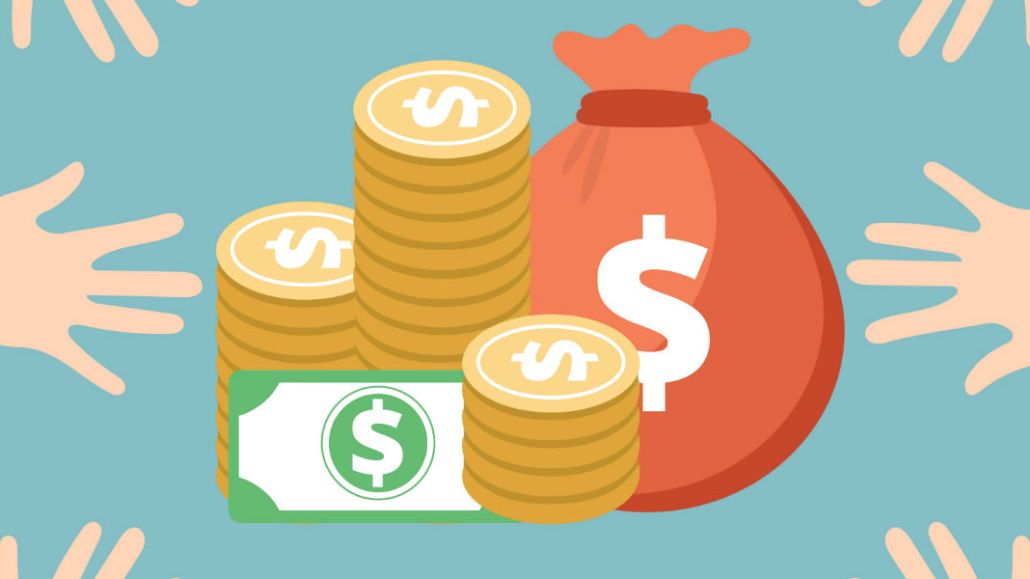Save 50% on a 3-month Digiday+ membership. Ends Dec 5.

Most media companies focused on subscription revenue have pinned their hopes on one product. For the past few years, Investor’s Business Daily has been busy standing up lots of different consumer products instead.
For people interested in knowing which stocks are hot and how best to invest in them, there’s Leaderboard; for people who want a more personal take on the day’s market movements, there’s IBD Live; for hardcore researchers, Investor’s offers MarketSmith.
Today, IBD offers eight different products, each designed with a different investor persona in mind and priced accordingly: Leaderboard costs $69.99 per month, which MarketSmith costs upwards of 1,400 per year.
And while Investor’s plans to continue building out products designed to appeal to different kinds of customers, it has also begun focusing on how it can cross-sell the products and generate even more revenue per subscriber. IBD’s core product, IBD Digital, a digital subscription to market analysis, lists of promising stocks, and instructional content, costs $35 per month. But IBD’s average revenue per subscriber is over $500, thanks to the company’s ability to sell different products to the same customer.
Today, subscription revenue accounts for 80% of IBD’s revenues, up from 70% in 2018. Four years ago, the split between subscriptions and advertising was closer to 50-50, IBD president Jerry Ferrara said.
This past year, IBD grew its earnings before interest, taxes, debt and amortization over 80%, Ferrara said. Though some of that growth can be attributed to a fast start for some newer products – IBD Live, a subscription video service launched in October, is on track to generate $2 million in revenue, Ferrara said – much more of it was driven by a focus on cross-selling its customers on multiple paid products.
IBD’s offerings range from visual products such as IBD Live, which costs IBD subscribers $50 per month (a la carte subscriptions to IBD Live are available too, for $99 per month), to research-focused products such as MarketSmith, a stock market research and trading tool that costs $1,400 per year. In total, IBD offers eight different products, and Ferrara said there are plans to launch at least two more in 2020.
Ad position: web_incontent_pos1
To encourage customers to use more of their products, IBD changed its approach to retention and upselling this year. “The first 60 days of anyone’s experience with us is all about coaching them up making sure they understand exactly what they’ve subscribed to,” Ferrara said.
Ferrara said IBD now tries to connect more subscribers to specialists who can talk more about other products in the portfolio. “Once we get someone into one of those, the retention rate [for that customer] basically doubles,” Ferrara said.
After 90 days, different automated marketing campaigns designed to upsell customers begin, depending on which kinds of content or services a customer is using the most.
Cross-selling helps because it’s cheaper to upsell an existing customer than it is to acquire a new one. Julian Thorne, founder of The Big Wheel Consultancy, said that on average, upsell or cross-sell revenue can be five to 15 times cheaper to generate than new subscriber revenue.
Cross-selling also helps with retention, Thorne added, because it typically means that customers are spending more time with a company’s products. “You get double bang for your buck,” Thorne said.
Ad position: web_incontent_pos2
Selling a customer more services also helps because it tends to help with retention, Ferrara said. For that reason, IBD will sometimes offer customers of a high-priced product like MarketSmith a discount on a more affordable product, such as IBD Digital, because it improves retention.
“Those [customers] that have both IBD Digital and Marketsmith are retaining twice as well,” Ferrara said. “For us, it’s worth practically giving something away to keep the high lifetime value product.”
The conversion rate from trials varies, Ferrara said, ranging from 40% to 60%.
More in Media

Digiday+ Research Subscription Index 2025: Subscription strategies from Bloomberg, The New York Times, Vox and others
Digiday’s third annual Subscription Index examines and measures publishers’ subscription strategies to identify common approaches and key tactics among Bloomberg, The New York Times, Vox and others.

From lawsuits to lobbying: How publishers are fighting AI
We may be closing out 2025, but publishers aren’t retreating from the battle of AI search — some are escalating it, and they expect the fight to stretch deep into 2026.

Media Briefing: Publishers turn to vertical video to compete with creators and grow ad revenue in 2026
Publishers add vertical video feeds to their sites to boost engagement, attract video ad spend and compete with news creators.
Ad position: web_bfu



